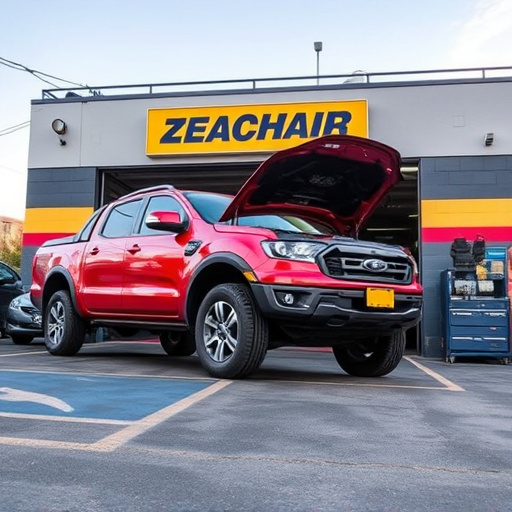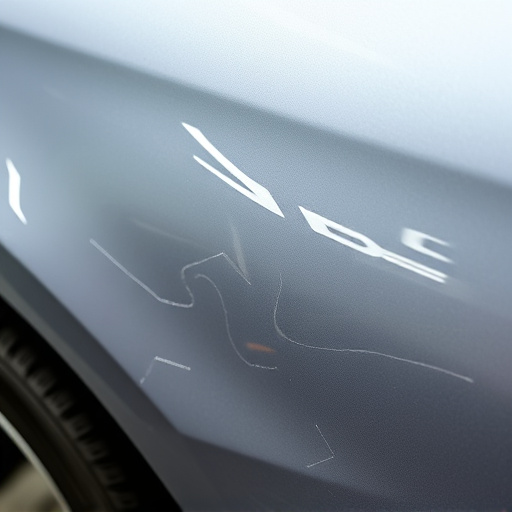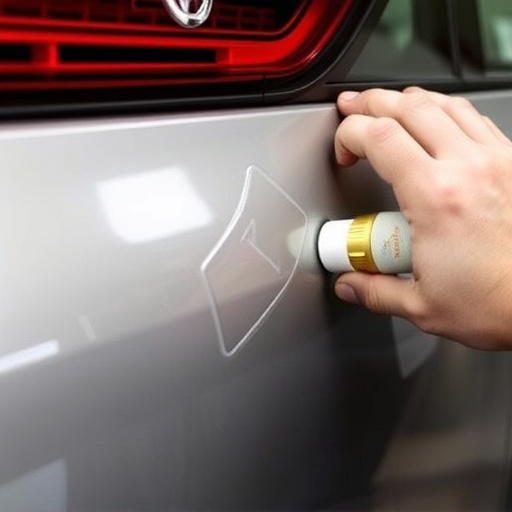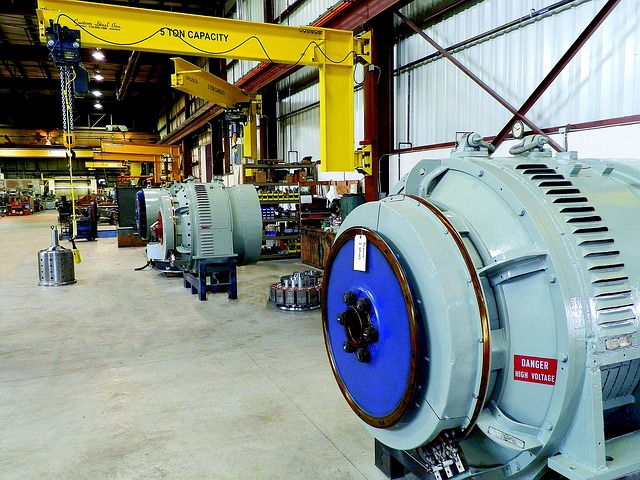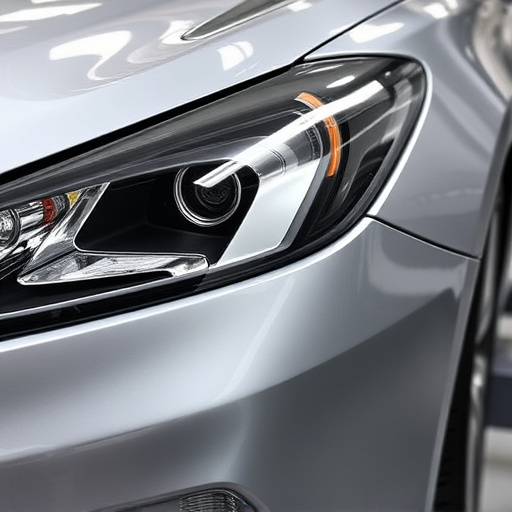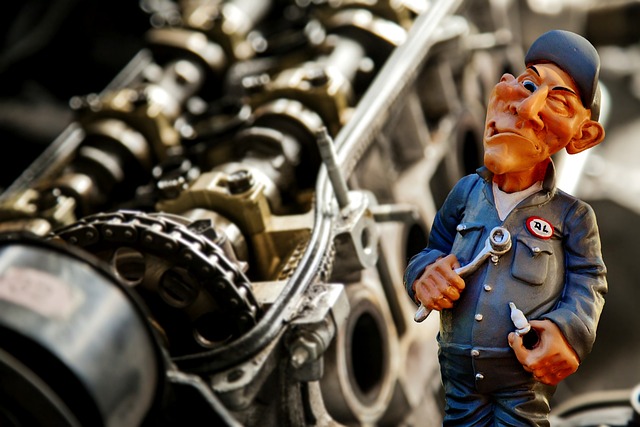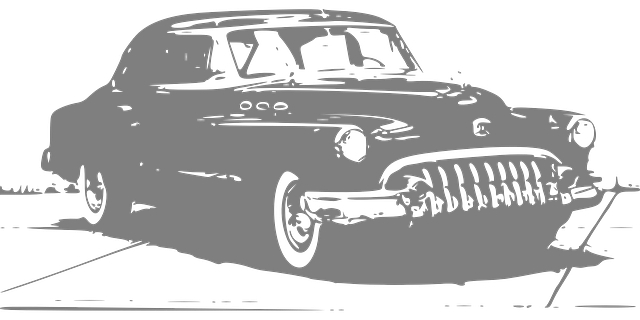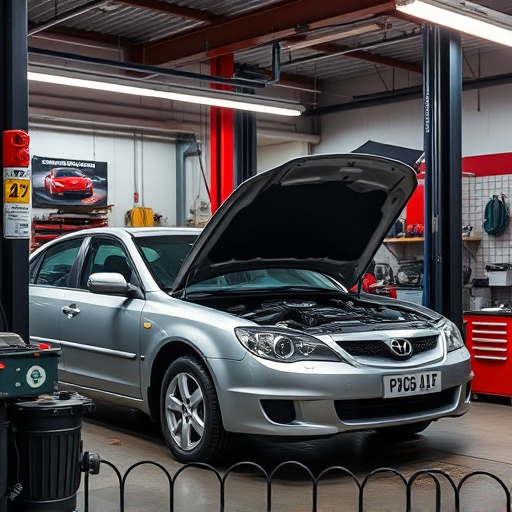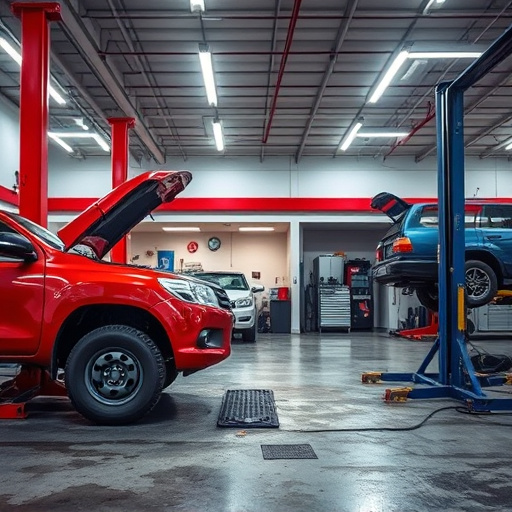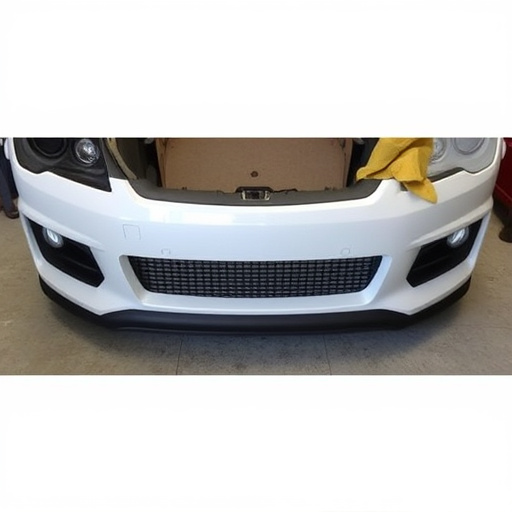Plastic panel damage, common in auto accidents, requires meticulous assessment by insurance adjusters. They consider visual inspection, digital measurements, impact severity, vehicle age, part availability, and environmental exposure. Repairs or replacements are decided based on these factors, with minor dents repaired using specialized techniques, while severe damage may necessitate OEM or high-quality aftermarket parts for seamless integration and aesthetic restoration, ensuring both safety standards and vehicle functionality.
“Uncovering the process behind insurance adjusters’ evaluation of plastic panel damage claims, this article provides valuable insights into understanding the intricate assessment process. From initial inspection to final repair or replacement decisions, we explore the key factors that influence these evaluations.
Learn how adjusters determine the extent of plastic panel damage, considering factors like age, type, and severity. Discover the step-by-step assessment, including documentation, testing, and expert analysis, which ultimately shapes the claim resolution, ensuring fair compensation for necessary repairs or replacements.”
- Understanding Plastic Panel Damage Claims
- The Assessment Process: From Inspection to Repair/Replacement Decision
- Factors Influencing the Evaluation and Resolution of Plastic Panel Claims
Understanding Plastic Panel Damage Claims

Plastic panel damage claims are common in auto accidents, involving damage to non-structural parts like car doors, fenders, and bonnets. These repairs are crucial for both vehicle aesthetics and safety. When filing a claim for plastic panel repair or replacement, policyholders should anticipate an evaluation process that considers several factors unique to these types of damages.
Insurance adjusters assess the extent of plastic panel damage using a combination of visual inspection, assessing photos, and sometimes, more advanced techniques like 3D scanning. They evaluate not just the visible damage but also the underlying structure to ensure any repairs are comprehensive. This process mirrors that of auto glass repair or automotive collision repair, though specific materials and methods vary. The goal is always to restore the vehicle’s functionality and appearance, ensuring a seamless drive while adhering to safety standards—a key distinction from less critical, yet still important, vehicle dent repair.
The Assessment Process: From Inspection to Repair/Replacement Decision

When a claim for plastic panel damage is filed, insurance adjusters employ a meticulous assessment process to determine the extent of repairs required. This begins with a thorough inspection of the affected area, including visual examination and, in some cases, digital imaging to capture precise measurements and documentation. The adjuster will assess factors like the type and severity of the impact, the age and condition of the vehicle, and the availability of replacement parts specific to the make and model.
Based on this evaluation, the insurance adjuster makes a decision regarding repair or replacement. Minor dents or cracks can often be effectively repaired through plastic panel repair techniques, which restore the panel to its original state without needing to replace the entire part. For more extensive damage, however, replacement may be necessary. This involves sourcing a suitable substitute from either genuine manufacturer parts or high-quality aftermarket options, ensuring the new panel seamlessly integrates with the vehicle’s existing structure and aesthetic.
Factors Influencing the Evaluation and Resolution of Plastic Panel Claims

When evaluating plastic panel damage claims, insurance adjusters consider several factors that impact the repair or replacement process. The extent and type of damage play a significant role in determining whether a repair is feasible or if a replacement part is necessary. Plastic panels, due to their flexibility and widespread use in modern vehicles, can range from simple dents and scratches to complex cracks and warping.
Additional influencing factors include the age and make of the vehicle, as older cars may have harder-to-find original equipment manufacturer (OEM) parts, impacting replacement costs. The location of the damage also matters; panel replacements near critical safety components or intricate design areas might require more specialized labor and materials. Moreover, weather conditions and environmental exposure can affect both repairability and the overall condition of plastic parts when a vehicle has been involved in an auto collision at an automotive body shop or is undergoing vehicle restoration.
When evaluating plastic panel damage claims, insurance adjusters meticulously assess the extent of the damage, considering factors like the age and type of panel, the cause of the incident, and the availability of replacement parts. This process involves a careful inspection, sometimes aided by digital tools, to determine whether repair or replacement is the most cost-effective and efficient solution. Understanding these evaluations is key for policyholders seeking fair compensation for their plastic panel repairs or replacements.
